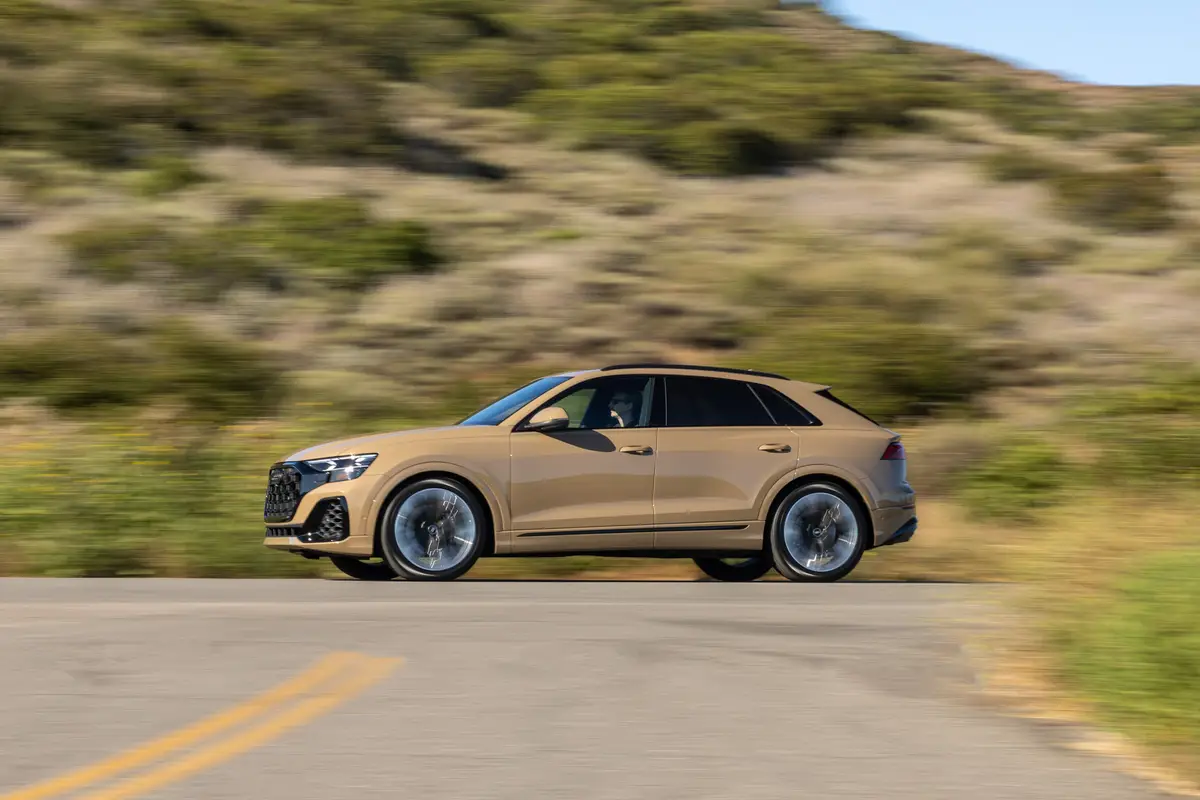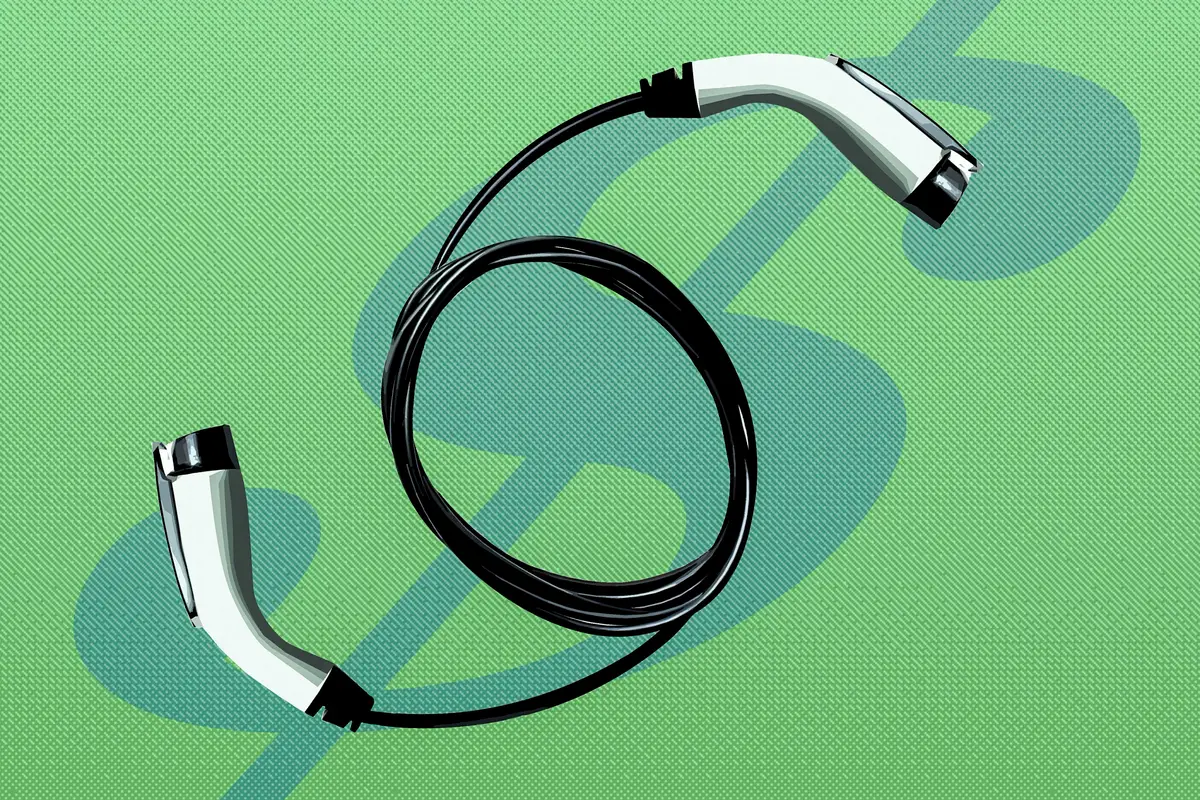The Morning Call and Mcall.com's view
With a lackluster economy, and the threat of war emanating from the Middle East, it’s little wonder that small cars are attracting attention once again.
The Chevrolet Cavalier is GM’s best-selling car as well as Chevrolet’s cheapest model. It’s among the top 10 most popular cars in the United States. With numbers like those, and a host of changes for 2003, I wondered what made the Cavalier so popular.
After a week of driving one, I’m still wondering.
But, let’s begin with what is different for 2003.
The car gets a new look front and rear with changes in its headlamps, tail lamps, facias, wheels, grille and rocker moldings. There’s a new engine, GM’s all-aluminum 2.2-liter double-overhead-cam 4-cylinder “EcoTec” engine that also is used in the Saturn Ion and Vue.
There are some attractive new options, including side airbags, OnStar and XM satellite radio. There are interior enhancements, including a leather-wrapped steering wheel, split-folding rear seat and a center three-point rear seatbelt.
Sounds great on paper, but the reality is a little different.
The new engine is this car’s greatest strength – a great improvement over previous GM four-bangers. Smooth and powerful, it delivers good kick and fuel economy, returning 28 mpg in mixed highway and city driving. But the four-speed automatic transmission doesn’t always take full advantage unless you vote with a heavy right foot.
However, it’s tied to a chassis that’s older than dirt, as it dates to the early days of the Reagan administration. The result is a car that pounds over bumps, rather than absorbing them.
Suspension is independent up front, with a beam axle in the rear, similar to most of the vehicle’s competition. This would explain why the Cavalier rides the way it does. While not luxury-car smooth, this small Chevy does an adequate job of controlling ride motion. Most of its newer competitors handle the job with more finesse.
The ride in the cabin is quiet at town speeds, but at highway speeds, tire and road noise become quite noticeable, which is typical of this class.
Atypically, there were two intermittent rattles, one so loud that even the AM/FM/CD audio system was unable to drown it out. Needless to say, fit and finish are not this car’s strong point.
Accessing the audio system controls is easy, as the Cavalier’s dashboard is straightforward. Simple rotary gauges control air-conditioning and heat, although they’re somewhat buried at the bottom of the dash, behind the transmission lever.
The front bucket seats are soft and comfy on short trips, but revealed a lack of thigh support on longer trips. The rear seats have a low cushion. Front seat room is adequate; rear seat room is typically tight unless the front seats are moved forward.
After spending a week in the Cavalier, one suspects that people buy the model because of its aff ordability, not because they want to buy one.
Prices start at $14,030 for the base two-door model. The LS-level test car started at $16,775, with the bottom line coming in at just over $18,000. That price is helped somewhat by a $3,000 rebate. While the discount is helpful, more refinements would negate the need for rebates.
One would hope for something better, as the Cavalier is GM’s most popular car. But a replacement is still two years away.
Latest news



